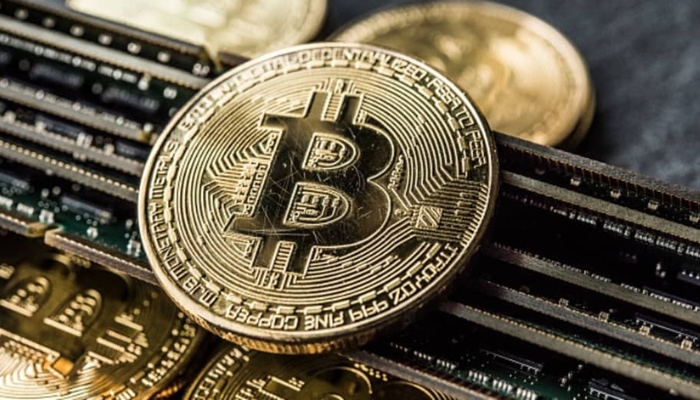
The rate at which new coins are created for the leading cryptocurrency, Bitcoin, was slated to drop on April 19. The goal of this “halving,” which occurs about every four years, is to lower the total amount of Bitcoin in circulation, according to CoinGecko.
As per the data provided by Coinmarketcap, the current market share of Bitcoin stands at 54.14 percent, suggesting a 1.2% daily rise.
Bitcoin’s price remained mostly steady following the halving, declining by 0.47 percent to end at ₹58,89,117 on Wazirx.
The event was much anticipated by cryptocurrency aficionados, who think it will solidify Bitcoin’s standing as a rare asset. The creator of Bitcoin, Satoshi Nakamoto, limited the total quantity to 21 million coins.
The Bitcoin price had some significant swings prior to the halving. Bitcoin saw a little decline after reaching an all-time high of USD 73,803.25, in March 2024. The recent US legalisation of spot Bitcoin ETFs and the expectation of reduced interest rates have also helped the larger cryptocurrency industry.
What is the expert consensus?
According to Reuters, S&P Global cryptocurrency analyst Andrew O’Neill raised doubt about the ability of prior price halvings to anticipate future movements.
“It’s just one factor among many that can influence price,” he said.
According to Reuters, JPMorgan analysts predicted that the price of Bitcoin will drop after its halving, calling it “overbought” in the context of a slowdown in cryptocurrency funding.
This week, analysts at JP Morgan said, “We do not anticipate post-halving increases in bitcoin price as it has already been factored in.”
There was no notable volatility in the run-up to the event because the markets had already taken the halving into account. Parth Chaturvedi, Investments Lead at CoinSwitch Ventures, told Mint, “One can see how crypto is establishing itself as a distinct asset class, though, given yesterday’s stark contrast with tech stock prices plummeting while crypto prices rose.”
Geopolitical concerns have caused prices to drop from their recent peaks, but Chaturvedi said, “We may see short-term downward pressure as miners and ecosystem participants adapt to the new supply dynamics.” The fourth halving will persuade investors to see bitcoin as a “store of value” asset class by bringing its annual inflation rate down to par with that of gold.”
How does the halving of Bitcoin mean anything?
The halving of Bitcoin is a predefined occurrence that is part of the protocol and happens about every four years. It lowers the amount of money miners get paid for validating transactions by half, which lowers the rate at which new bitcoins are released into the market. This simulates the scarcity of precious metals, which could eventually increase the value of Bitcoin if demand stays the same or increases.
Enjoy a multitude of advantages! All the information you require is at your fingertips, including breaking headlines, real-time stock tracking, personalised newsfeeds, and educational newsletters! Now log in!



